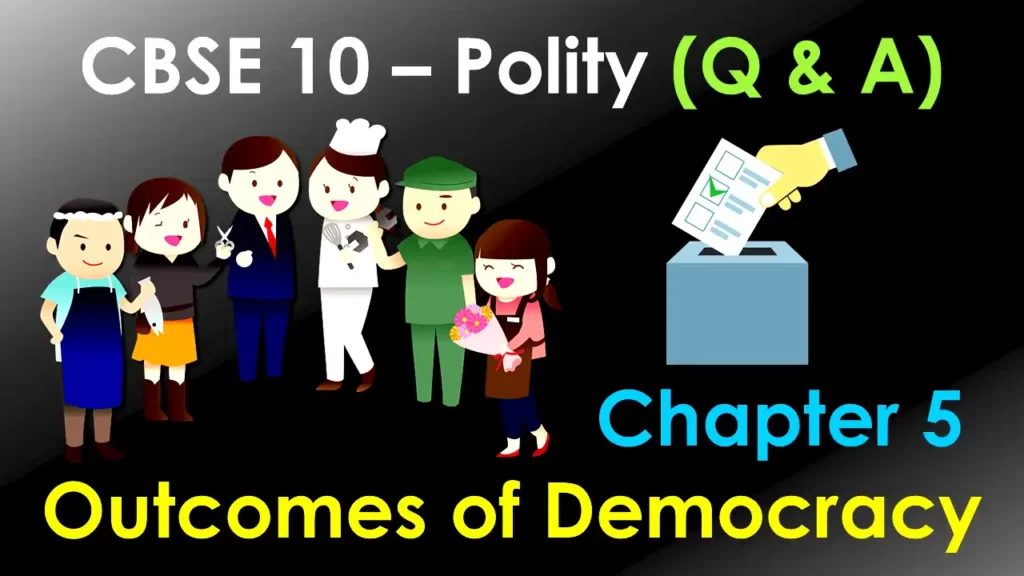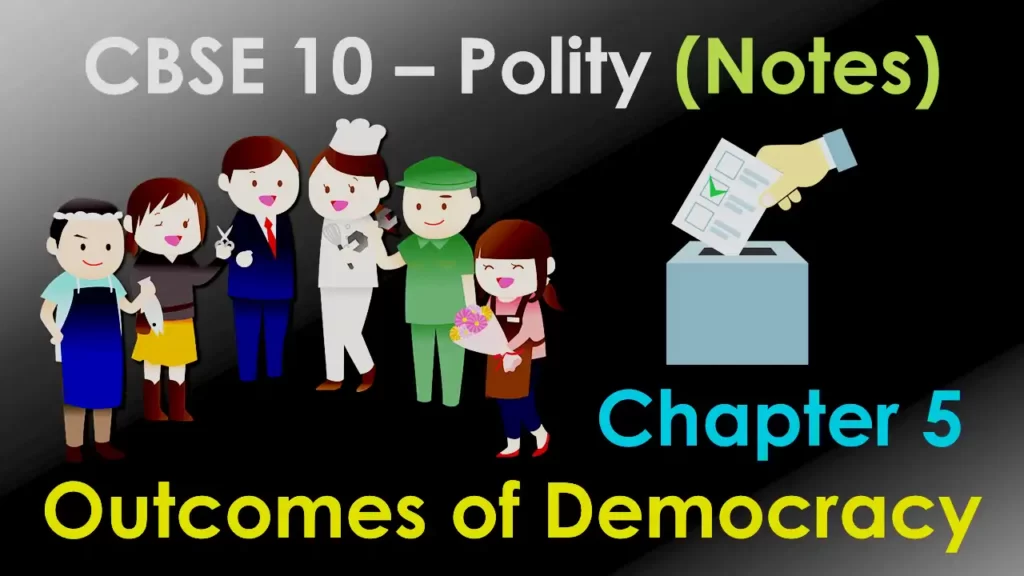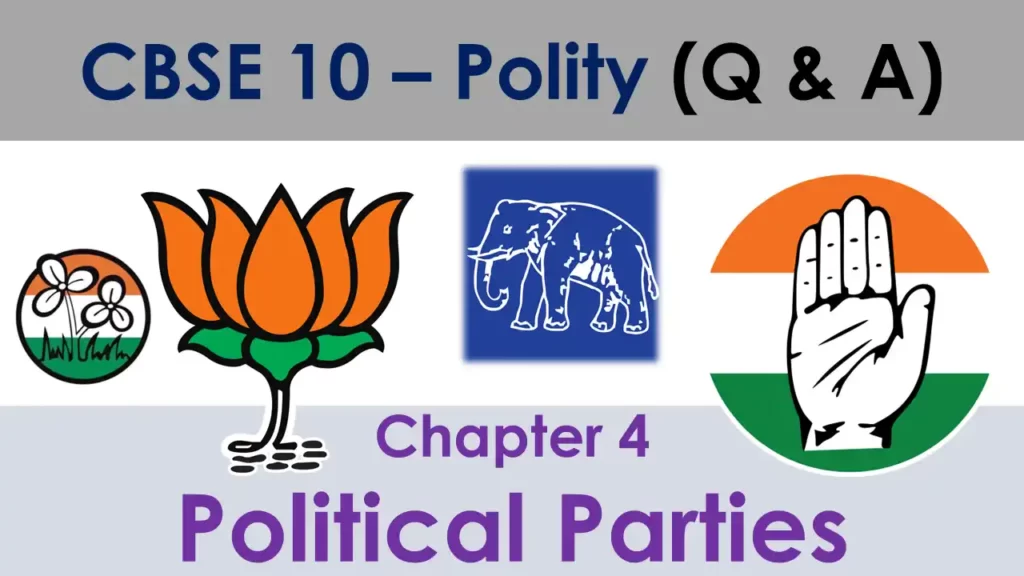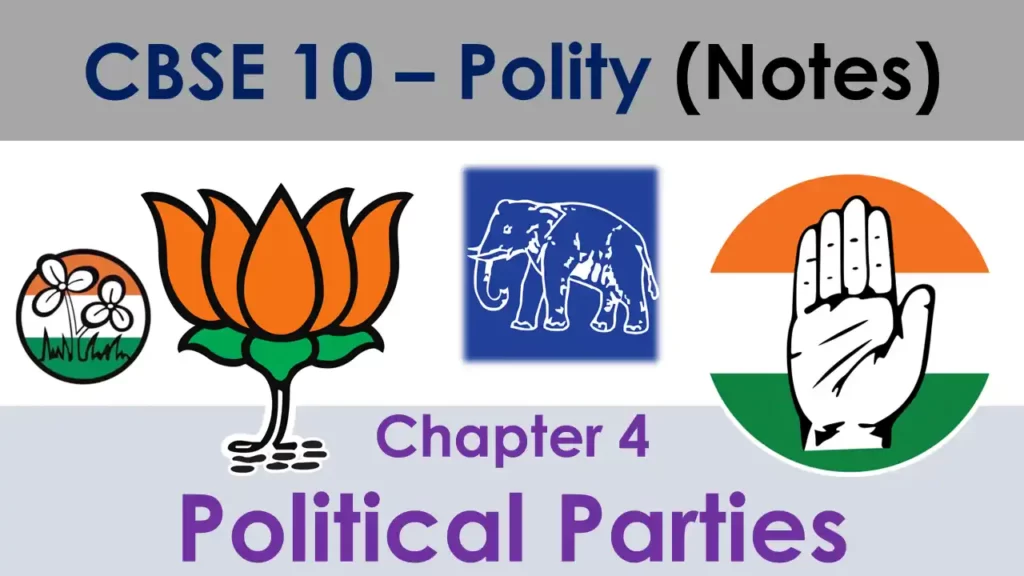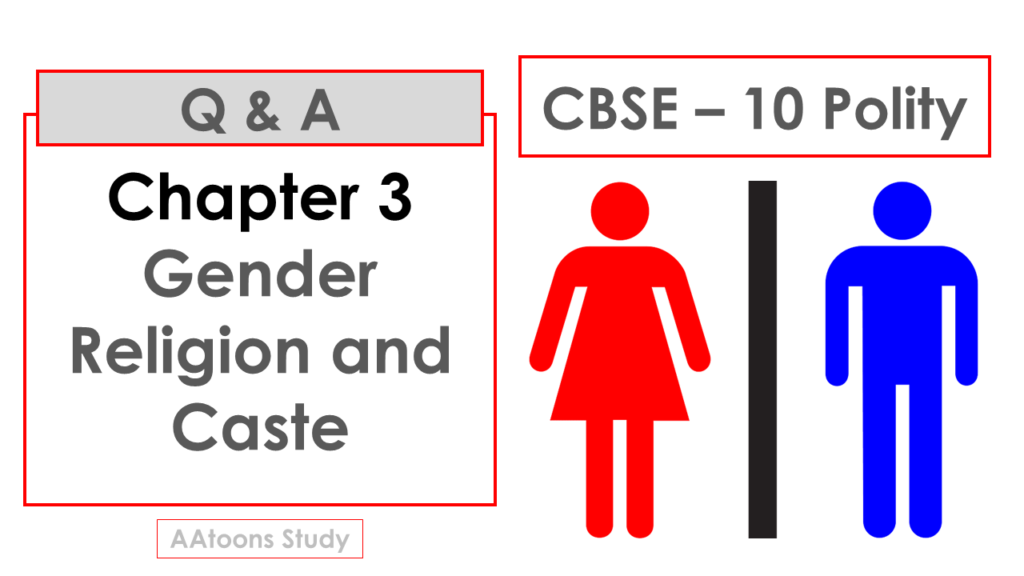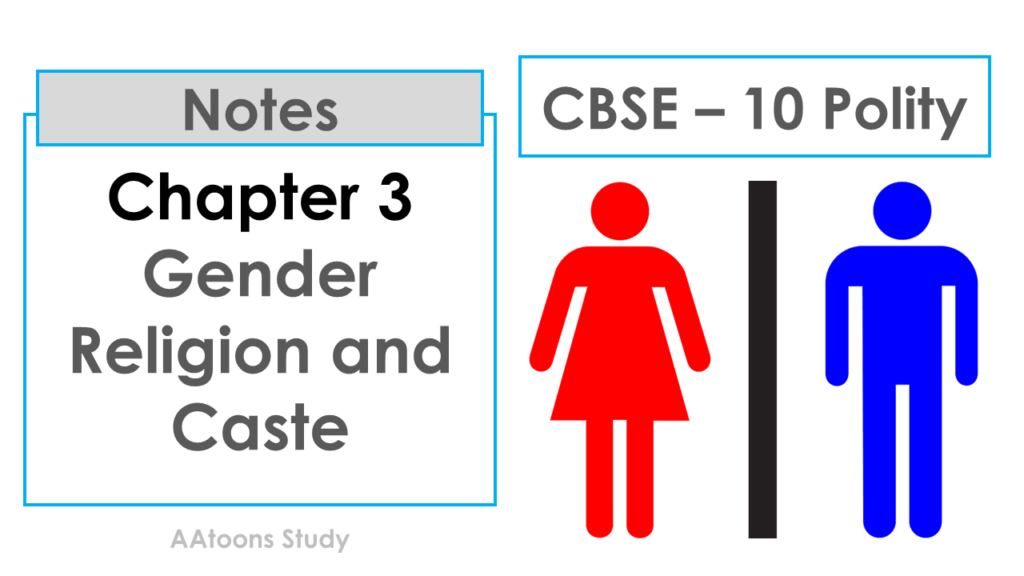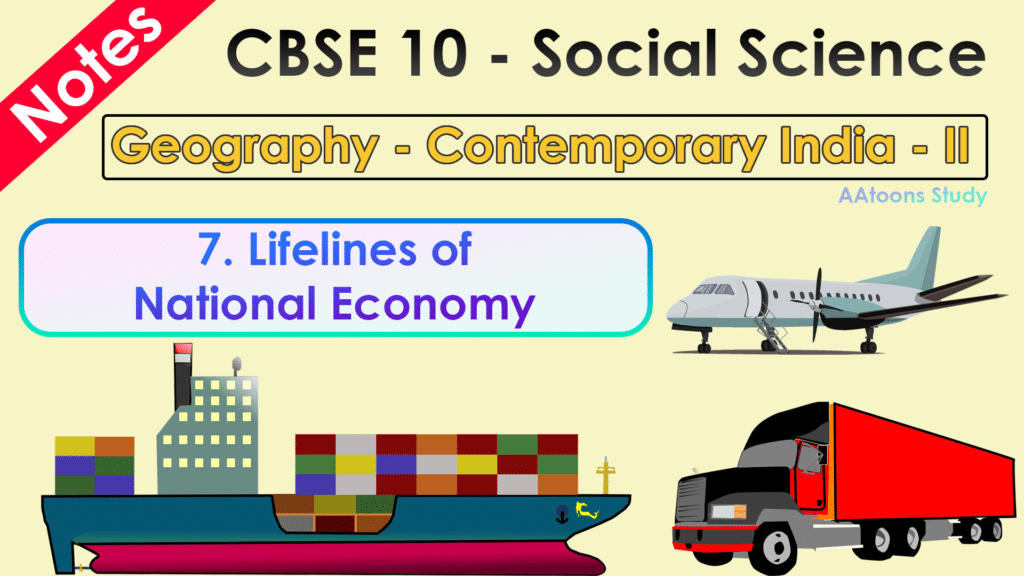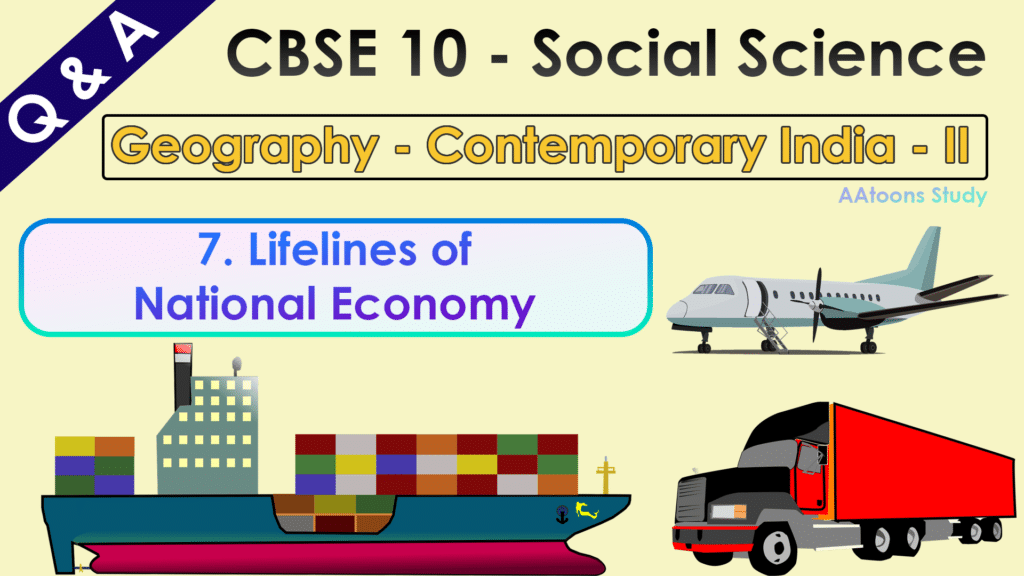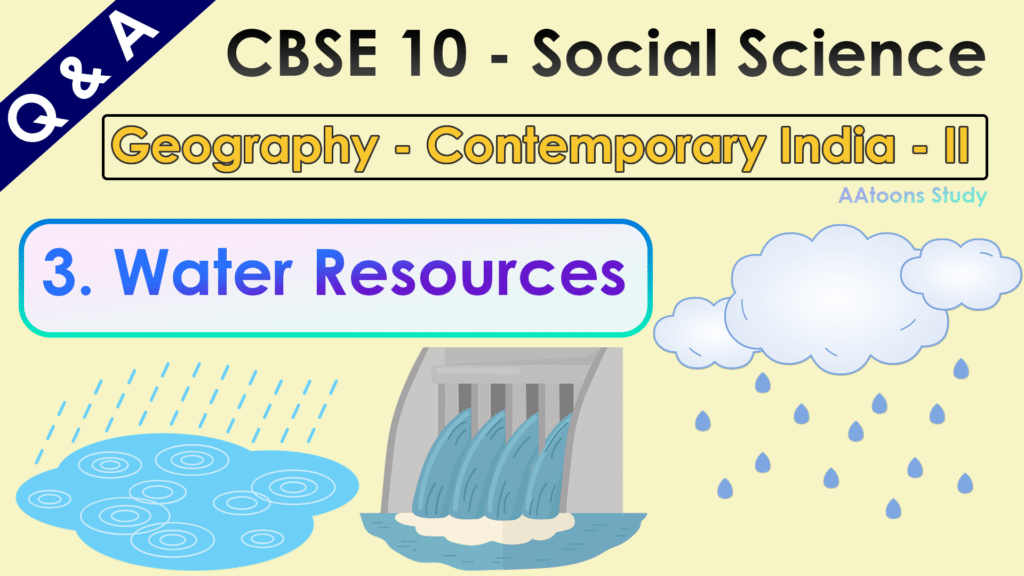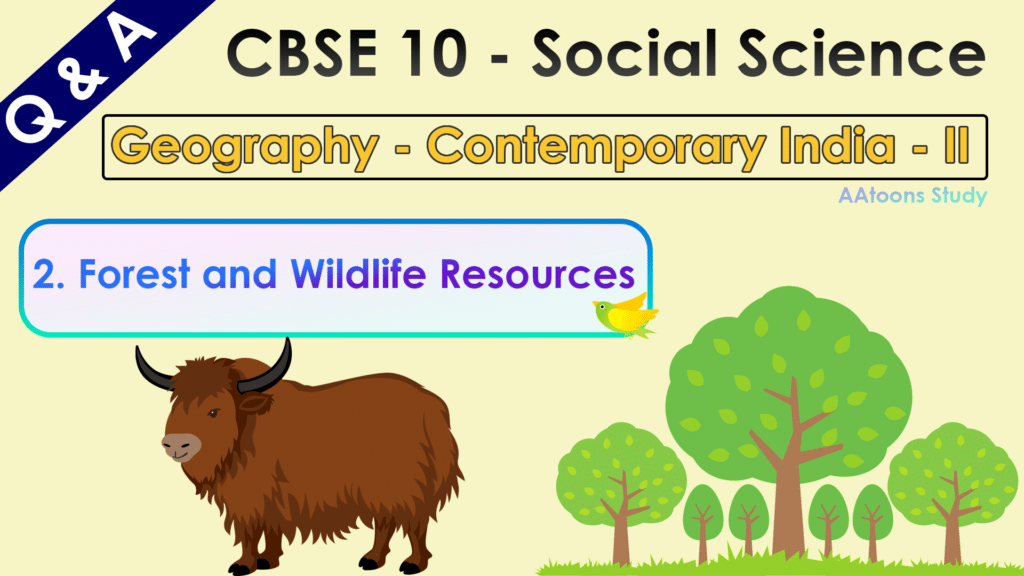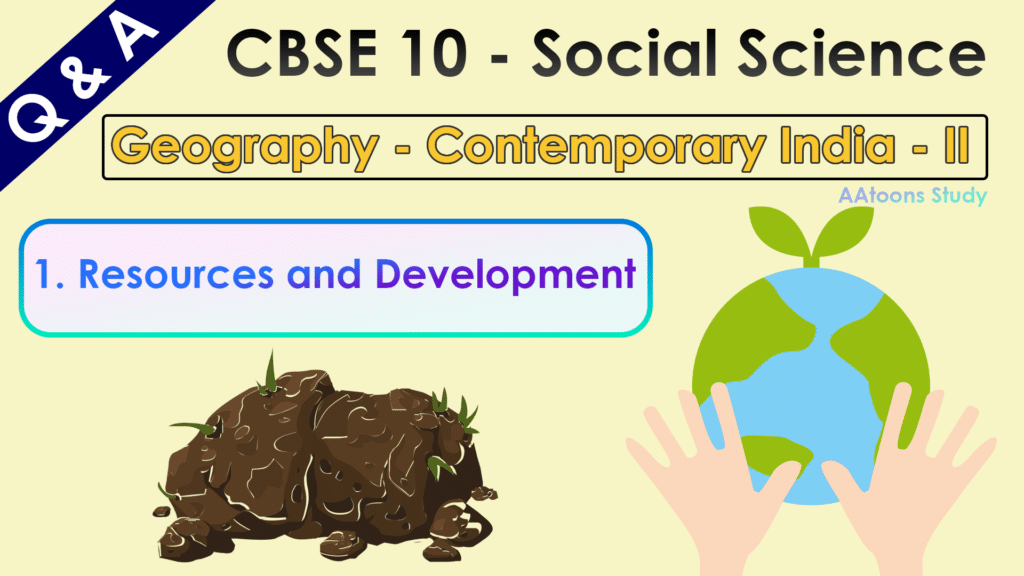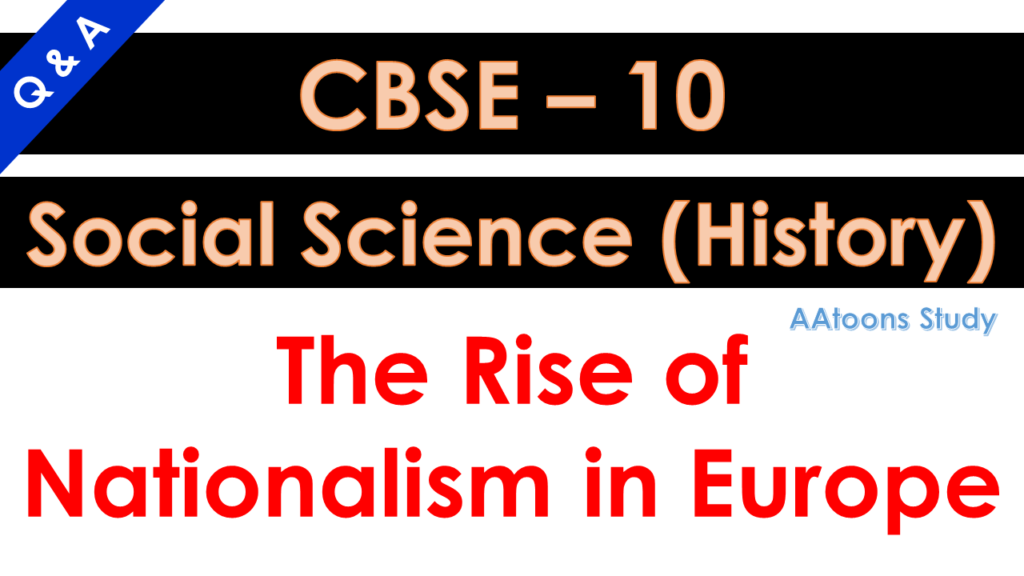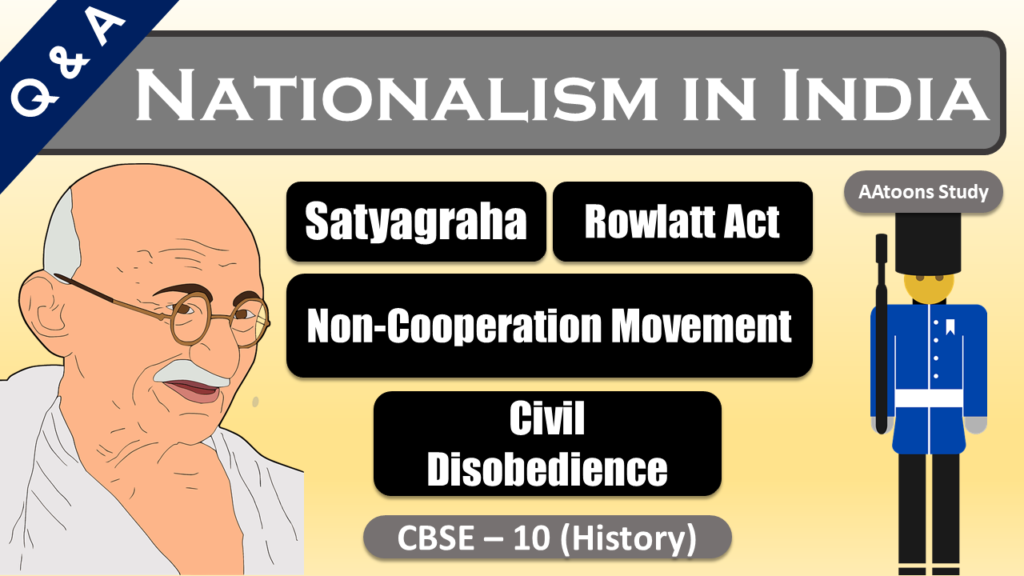CBSE 10 Solution (Subject – Wise)
Hindi
English
Mathematics
Science
Social Science
Economics – Understanding Economic Development
Polity – Democratic Politics- II
History – India and the Contemporary World – II
Geography – Contemporary India – II
- CBSE 10 Polity Chapter 5 Outcomes of Democracy Questions and Answers
- CBSE 10 Polity Chapter 5 Outcomes of Democracy Notes
- CBSE 10 Chapter 4 Political Parties Questions and Answers
- CBSE 10 Polity Chapter 4 Political Parties Notes
- CBSE 10 Polity Gender, Religion and Caste Questions and Answers
- CBSE 10 Polity Chapter 3 Gender Religion and Caste Notes
- CBSE 10 History Chapter 5 Print Culture and the Modern World Questions and Answers
- CBSE 10 History Chapter 5 Print Culture and the Modern World Notes
- CBSE 10 History Chapter 4 The Age of Industrialisation Questions and Answers
- CBSE 10 History Chapter 4 The Age of Industrialisation Notes
- The making of the global world Questions and Answers
- The Making of Global World Notes
- CBSE 10 Economics Chapter 5 Consumer Rights Questions and Answers
- CBSE 10 Economics Chapter 5 Consumer Rights
- CBSE Class 10 economics chapter 3 Money and Credit Questions and Answers
- CBSE class 10 Economics chapter 3 Money and Credit Notes
- CBSE 10 Geography Lifeline of National Economy Notes
- CBSC 10 Lifeline of National Economy Questions and Answers
- CBSE 10 Geography chapter 3 Water Resource Questions and Answers
- CBSE 10 Geography Chapter 2 Forest and Wildlife Resources Questions and Answers
- CBSE 10 Resources and Development Questions and Answers
- CBSE 10 Manufacturing Industry Questions and Answers
- CBSE 10 Solution Minerals and Energy Resources Questions and Answers
- CBSE 10 Minerals and Energy Resources notes
- Chapter 4 Agriculture Questions and Answers
- Chapter 4 Agriculture CBSE 10 Social Studies Notes
- CBSE 10 SST Globalisation and Indian economy Questions and Answers
- CBSE 10 social studies Globalisation and the Indian economy notes
- The Rise of Nationalism in Europe Questions and Answers CBSE 10
- Nationalism in India Questions and Answers
Related Links
- CBSE 10 Polity Chapter 5 Outcomes of Democracy Questions and Answers
- CBSE 10 Polity Chapter 5 Outcomes of Democracy Notes
- CBSE 10 Chapter 4 Political Parties Questions and Answers
- CBSE 10 Polity Chapter 4 Political Parties Notes
- CBSE 10 Polity Gender, Religion and Caste Questions and Answers
- CBSE 10 Polity Chapter 3 Gender Religion and Caste Notes
- CBSE 10 History Chapter 5 Print Culture and the Modern World Questions and Answers
- CBSE 10 History Chapter 5 Print Culture and the Modern World Notes
- CBSE 10 History Chapter 4 The Age of Industrialisation Questions and Answers
- CBSE 10 History Chapter 4 The Age of Industrialisation Notes
- The making of the global world Questions and Answers
- The Making of Global World Notes
- CBSE 10 Economics Chapter 5 Consumer Rights Questions and Answers
- CBSE 10 Economics Chapter 5 Consumer Rights
- CBSE Class 10 economics chapter 3 Money and Credit Questions and Answers
- CBSE class 10 Economics chapter 3 Money and Credit Notes
- CBSE 10 Geography Lifeline of National Economy Notes
- CBSC 10 Lifeline of National Economy Questions and Answers
- CBSE 10 Geography chapter 3 Water Resource Questions and Answers
- CBSE 10 Geography Chapter 2 Forest and Wildlife Resources Questions and Answers
- CBSE 10 Resources and Development Questions and Answers
- CBSE 10 Manufacturing Industry Questions and Answers
- CBSE 10 Solution Minerals and Energy Resources Questions and Answers
- CBSE 10 Minerals and Energy Resources notes
- Chapter 4 Agriculture Questions and Answers
- Chapter 4 Agriculture CBSE 10 Social Studies Notes
- CBSE 10 SST Globalisation and Indian economy Questions and Answers
- CBSE 10 social studies Globalisation and the Indian economy notes
- The Rise of Nationalism in Europe Questions and Answers CBSE 10
- Nationalism in India Questions and Answers
- Power Sharing CBSE 10 Questions and Answers
- CBSE 10 SST Sectors of Indian Economy Questions and Answers
- CBSE 10 Social Studies Federalism Questions and Answers
- CBSE 10 Social Studies Development Questions and Answers
- Development CBSE 10 Economics
- Federalism CBSE 10 Polity
- Water Resources
- Class 10 sector of indian economy notes NCERT Solution
- CBSE class 10 Nationalism in India Notes
- CBSE class 10 Rise of nationalism in Europe
- CBSE Class 10 Manufacturing Industry Notes
- CBSE class 10 Resources and Development Notes
- CBSE class 10 Power Sharing Notes
- CBSE Class 10 Geography Forest and Wildlife Resources Notes
